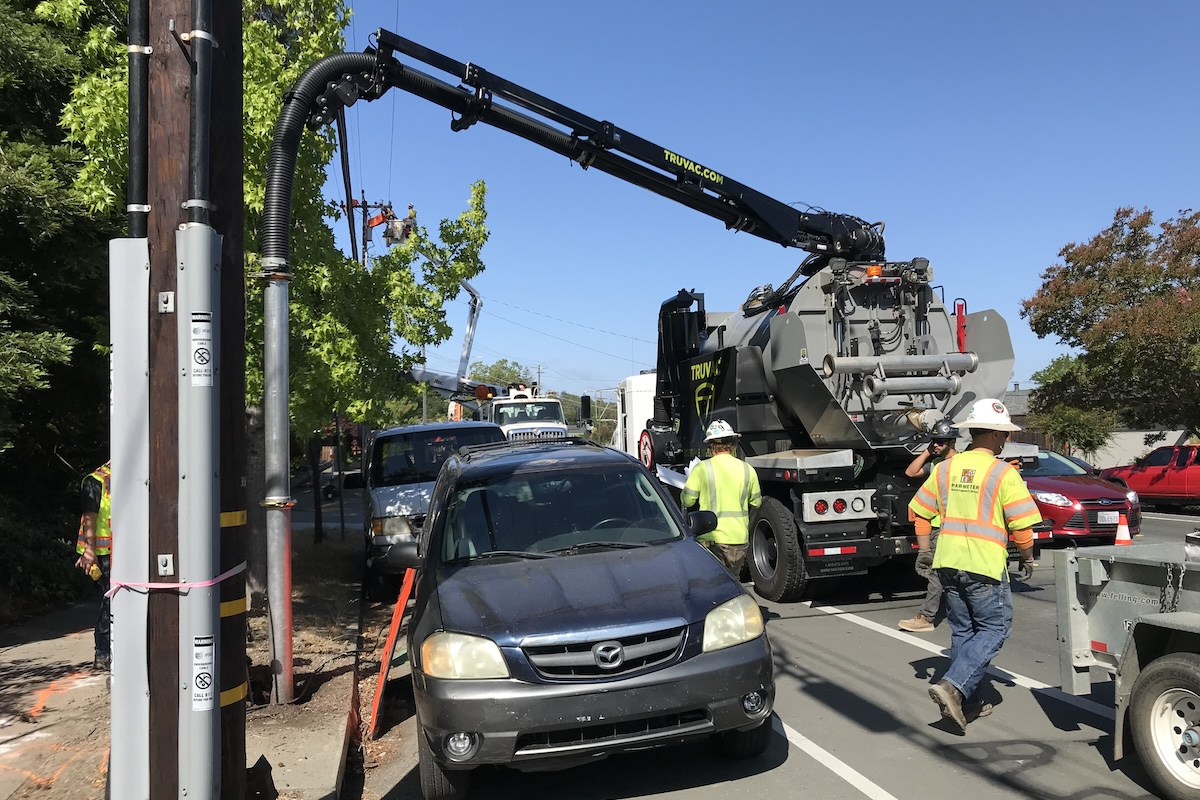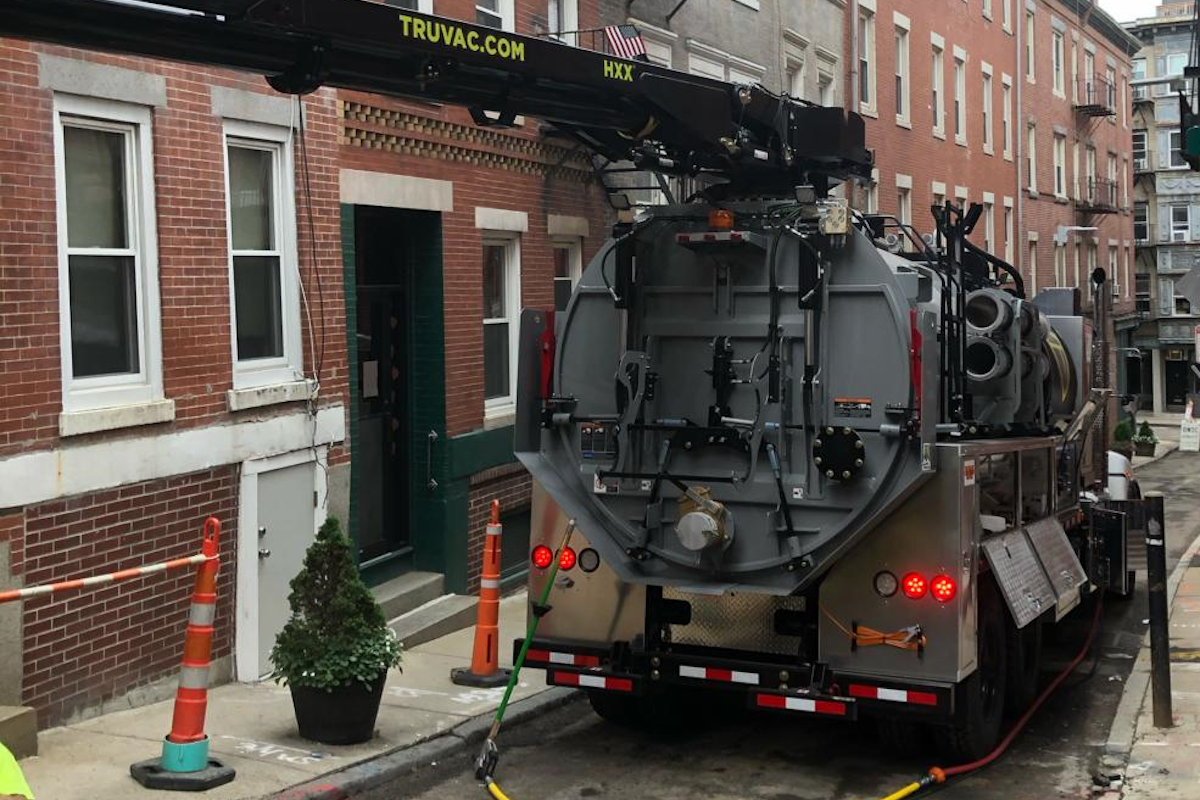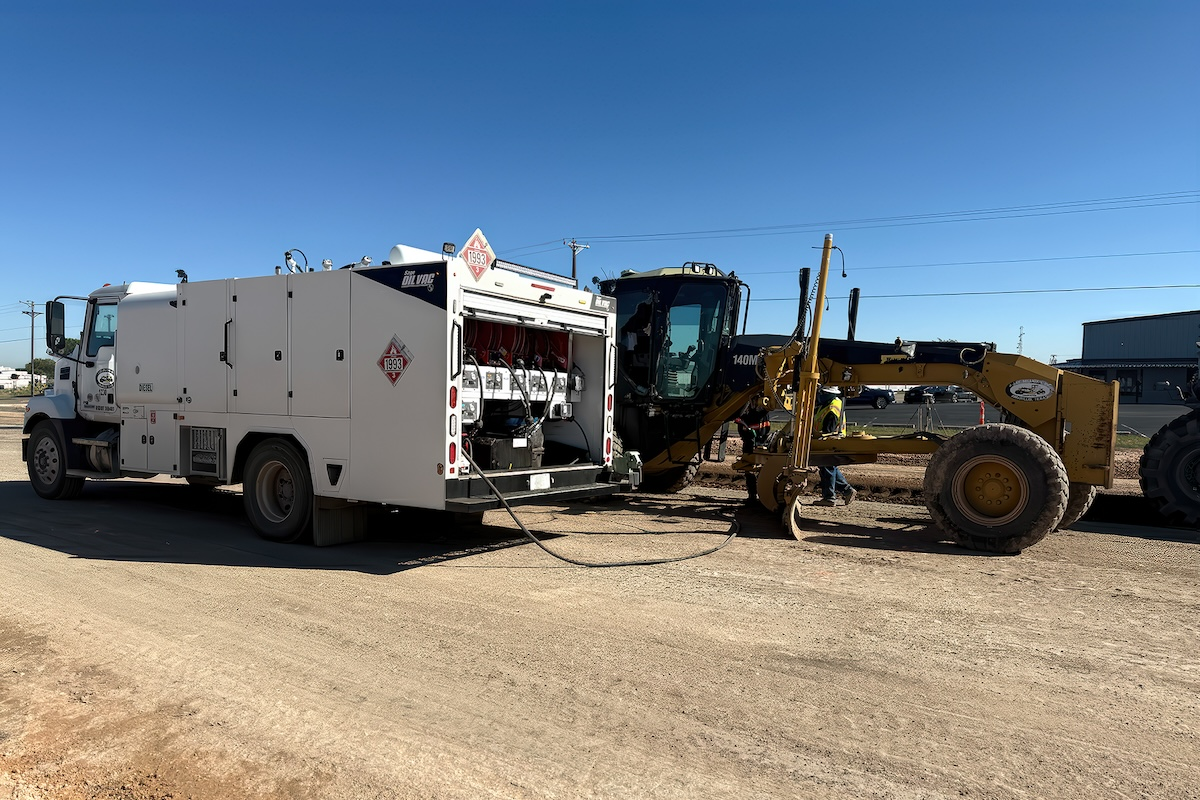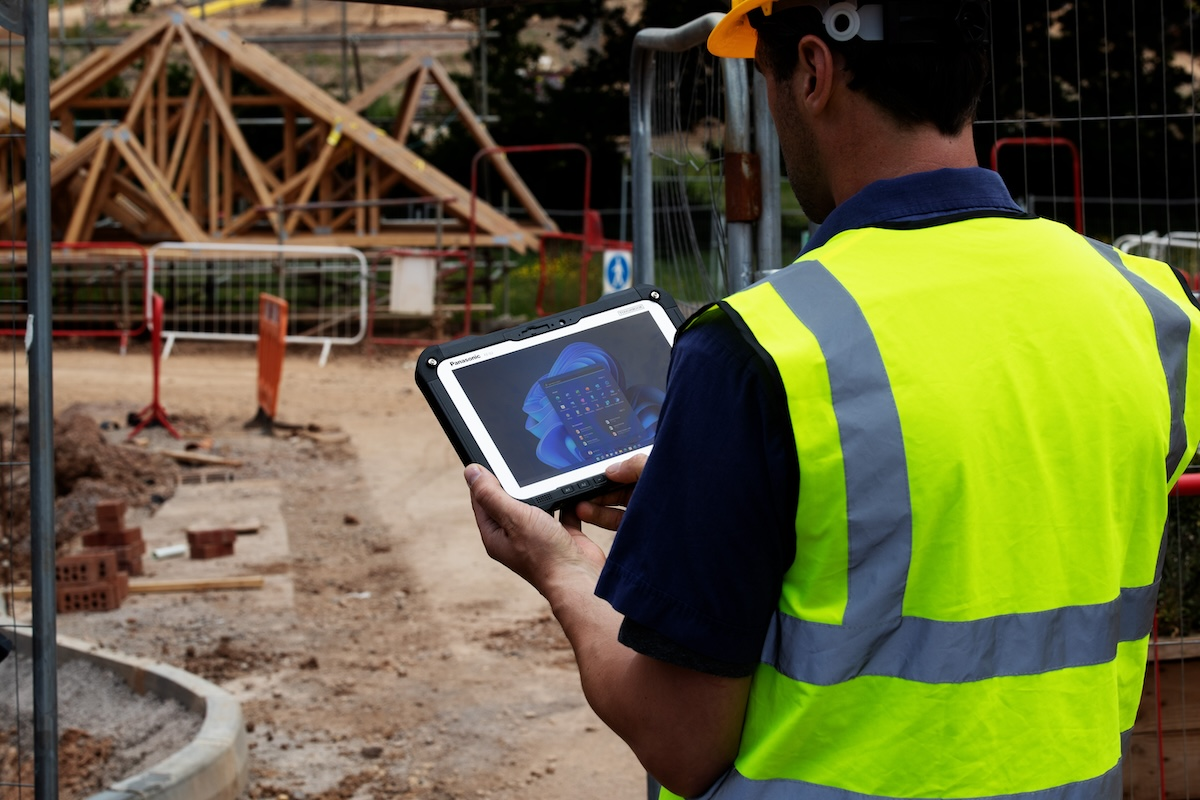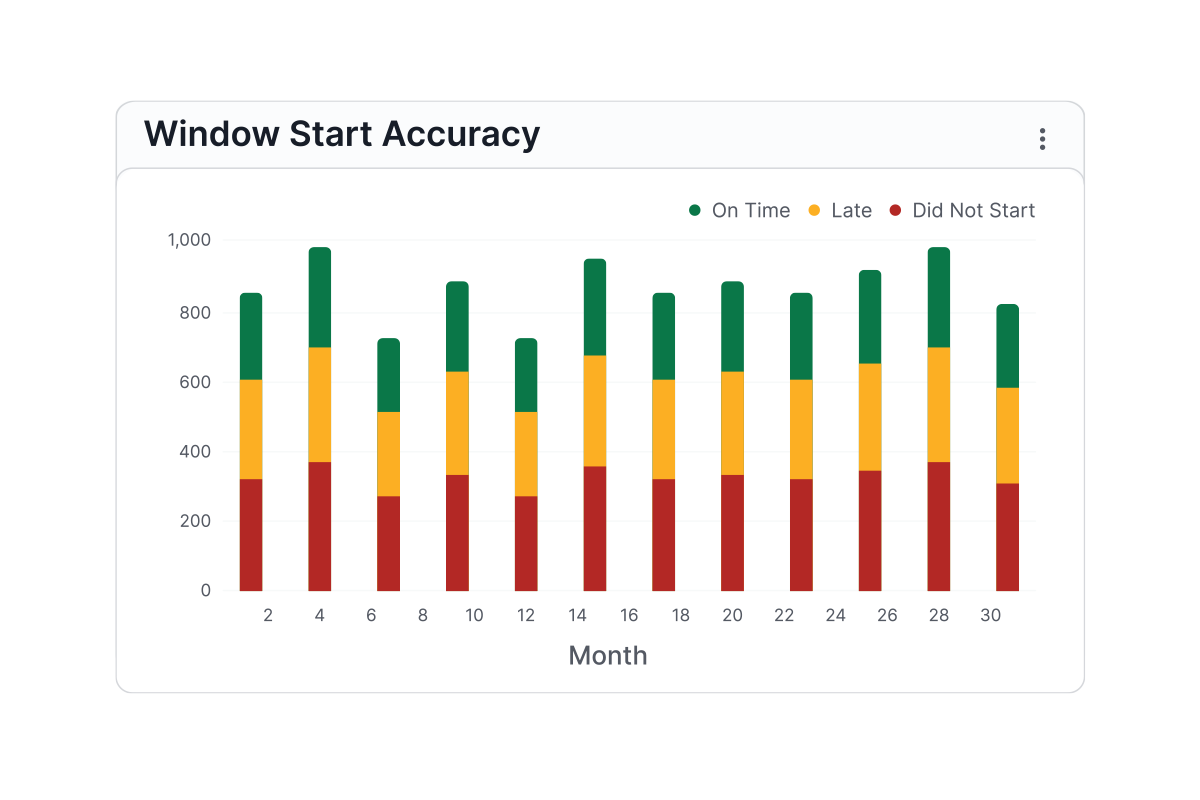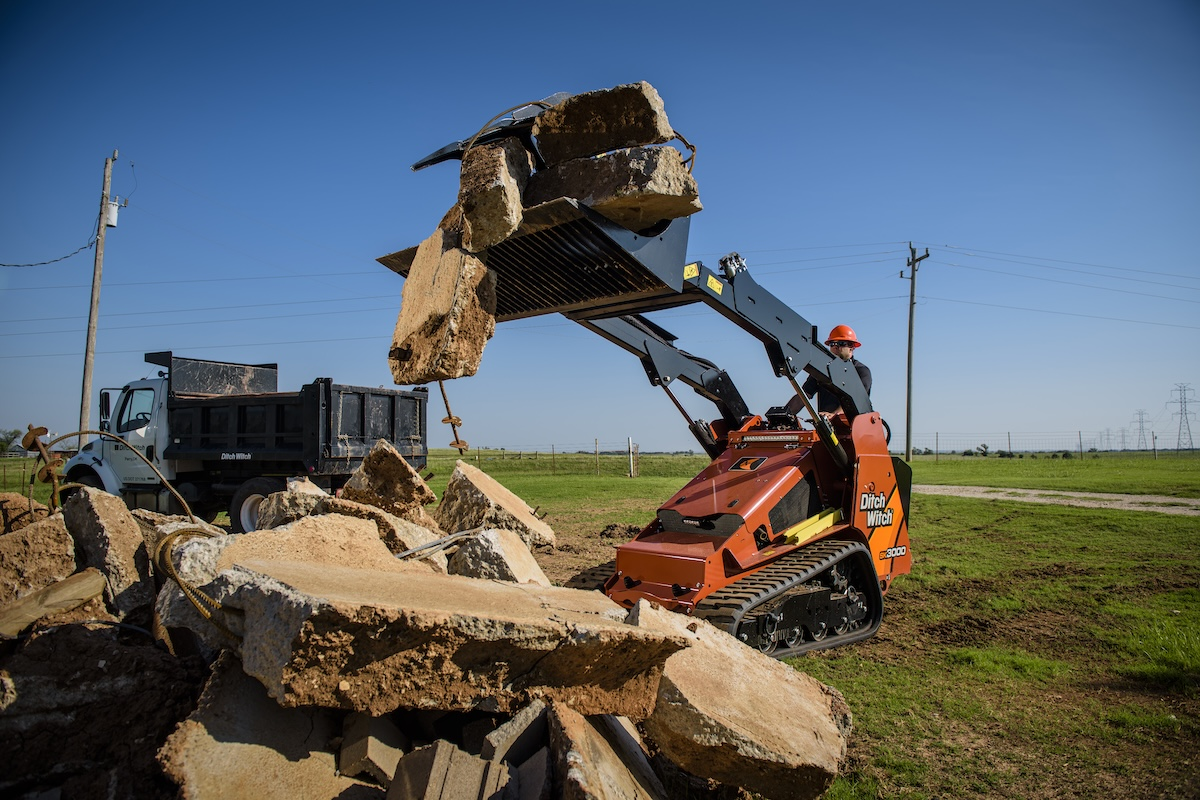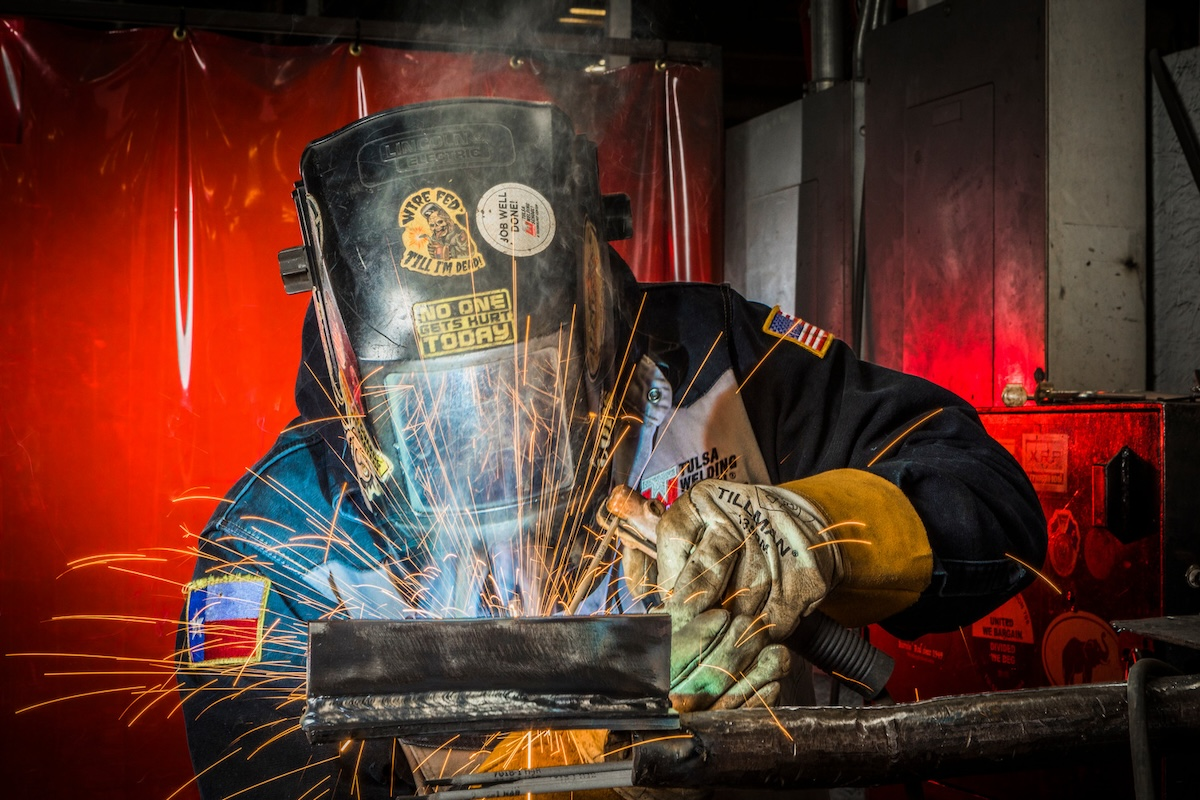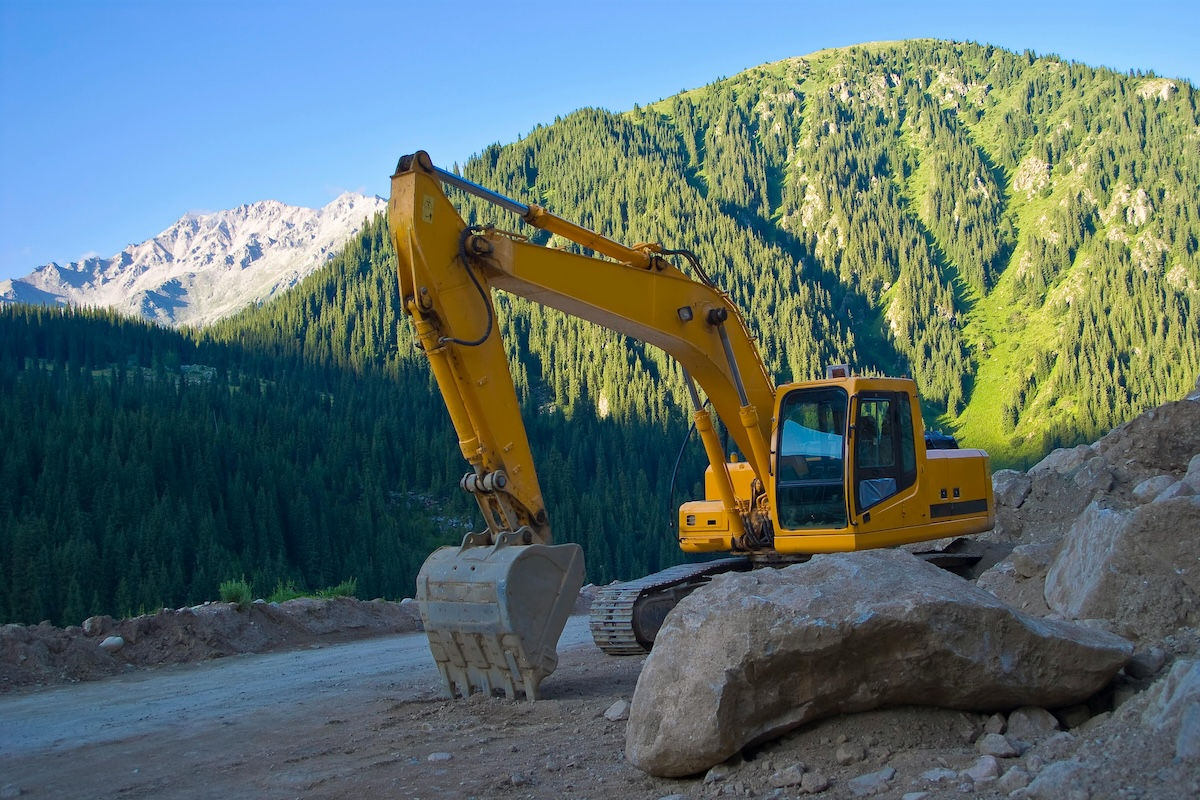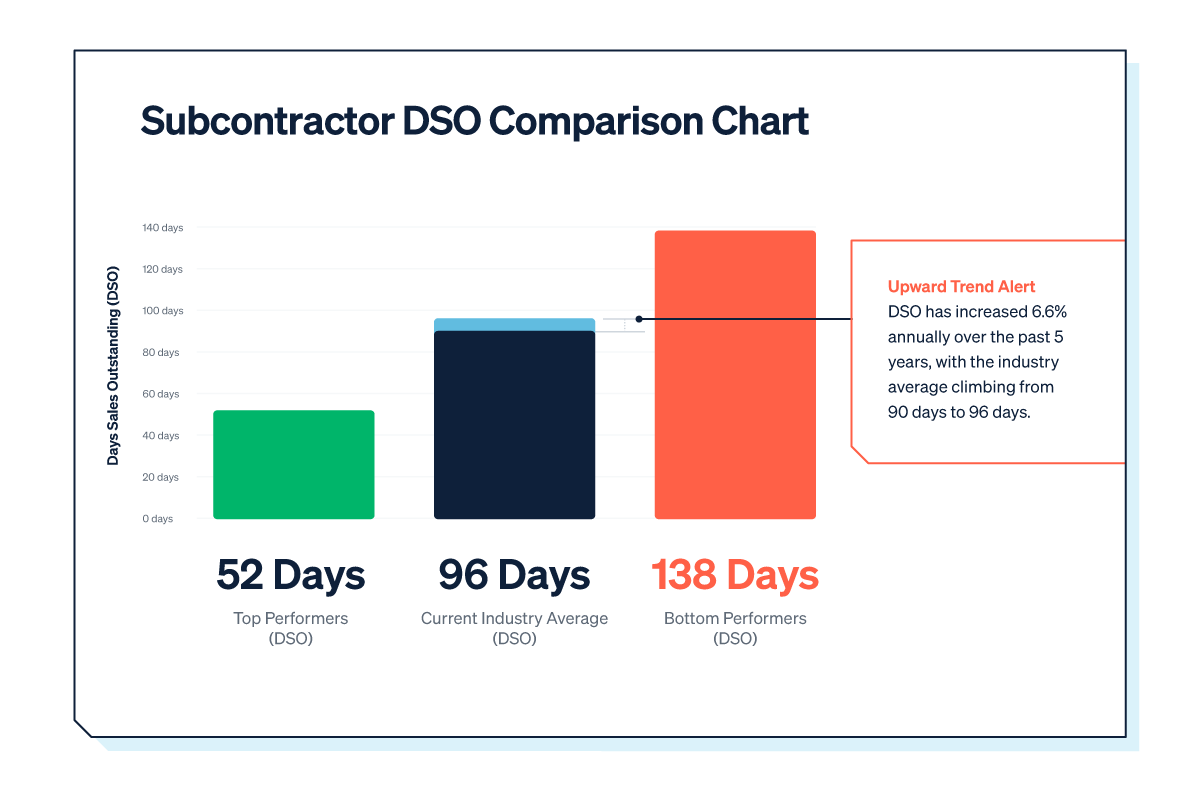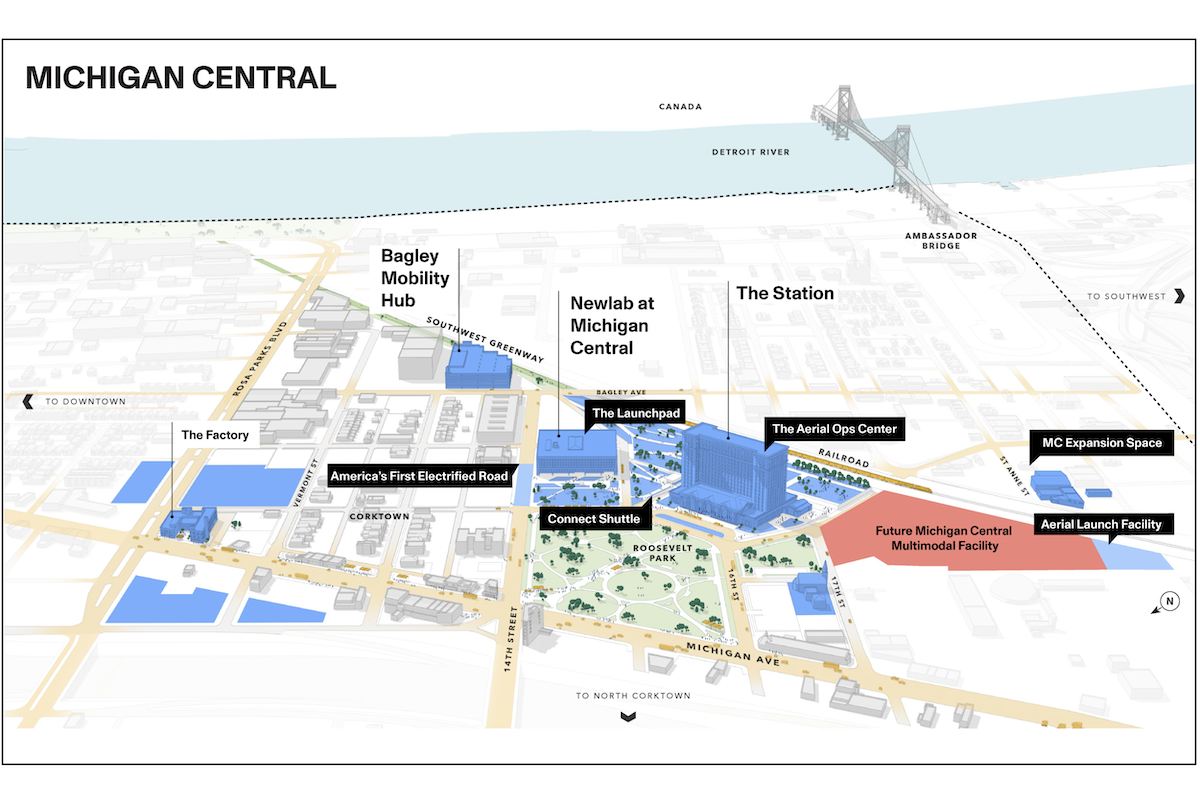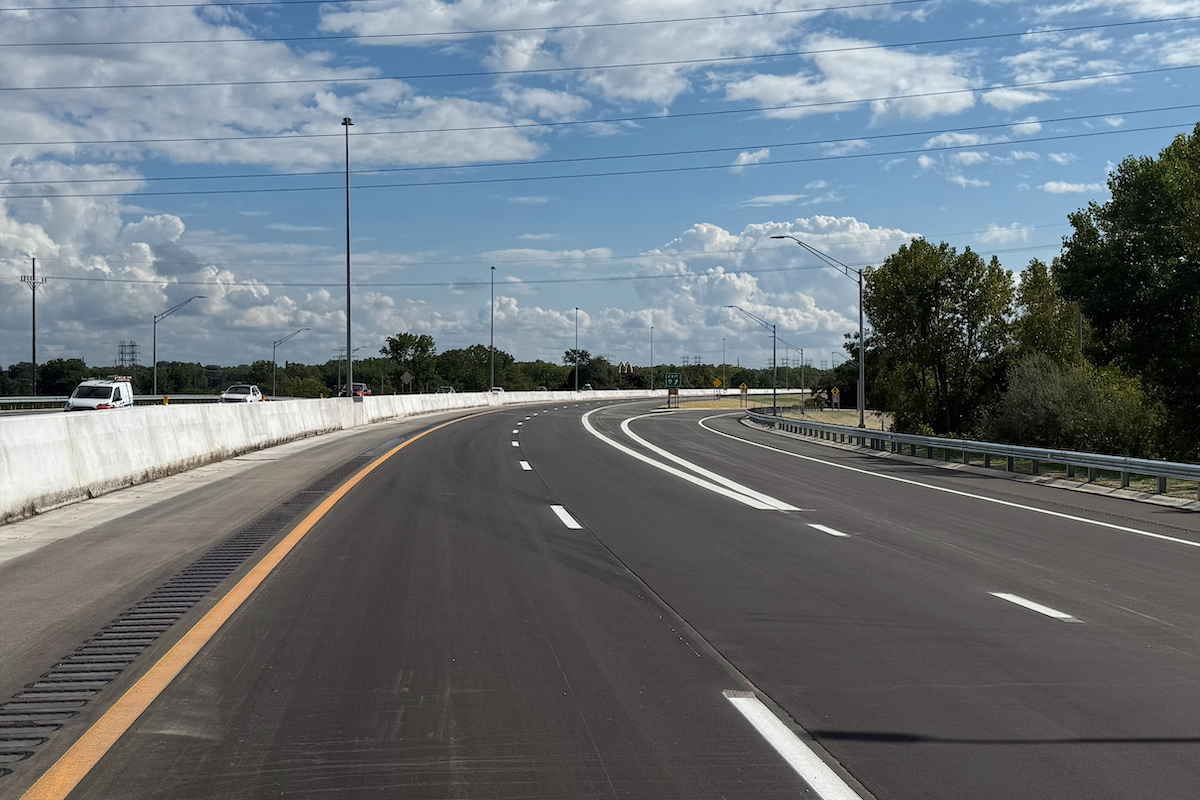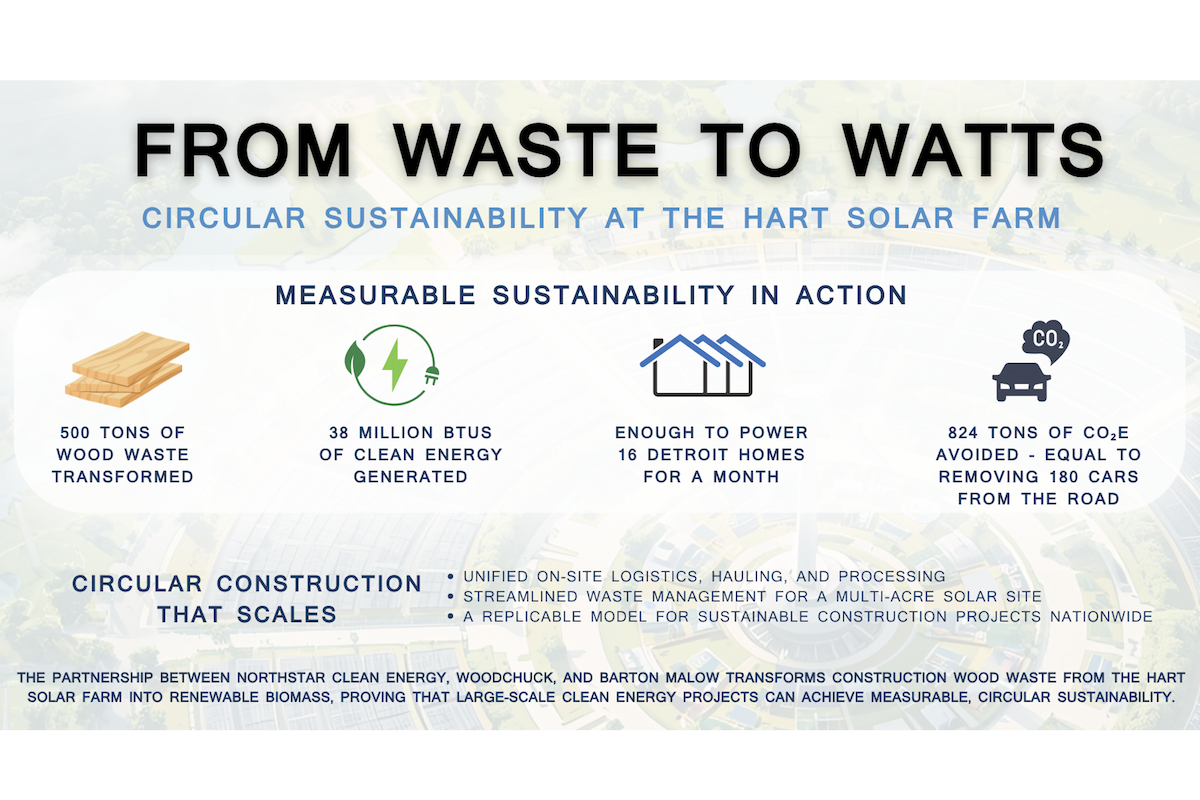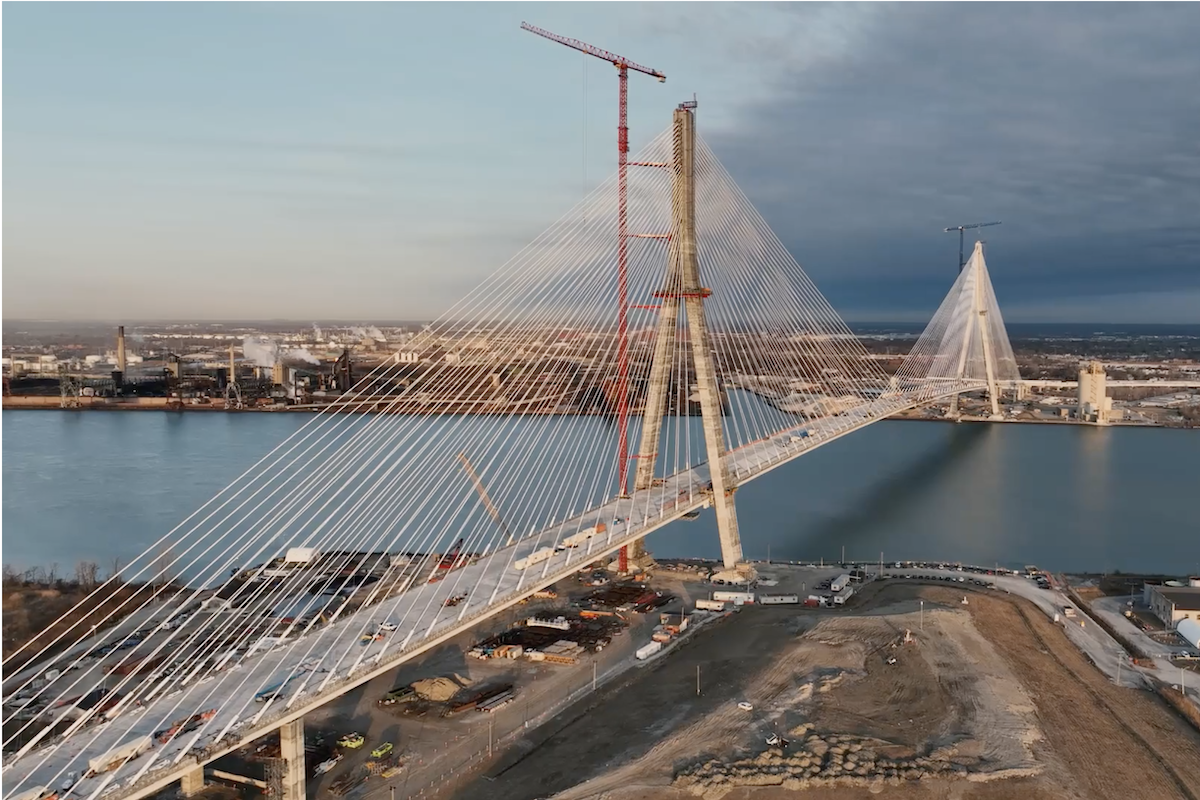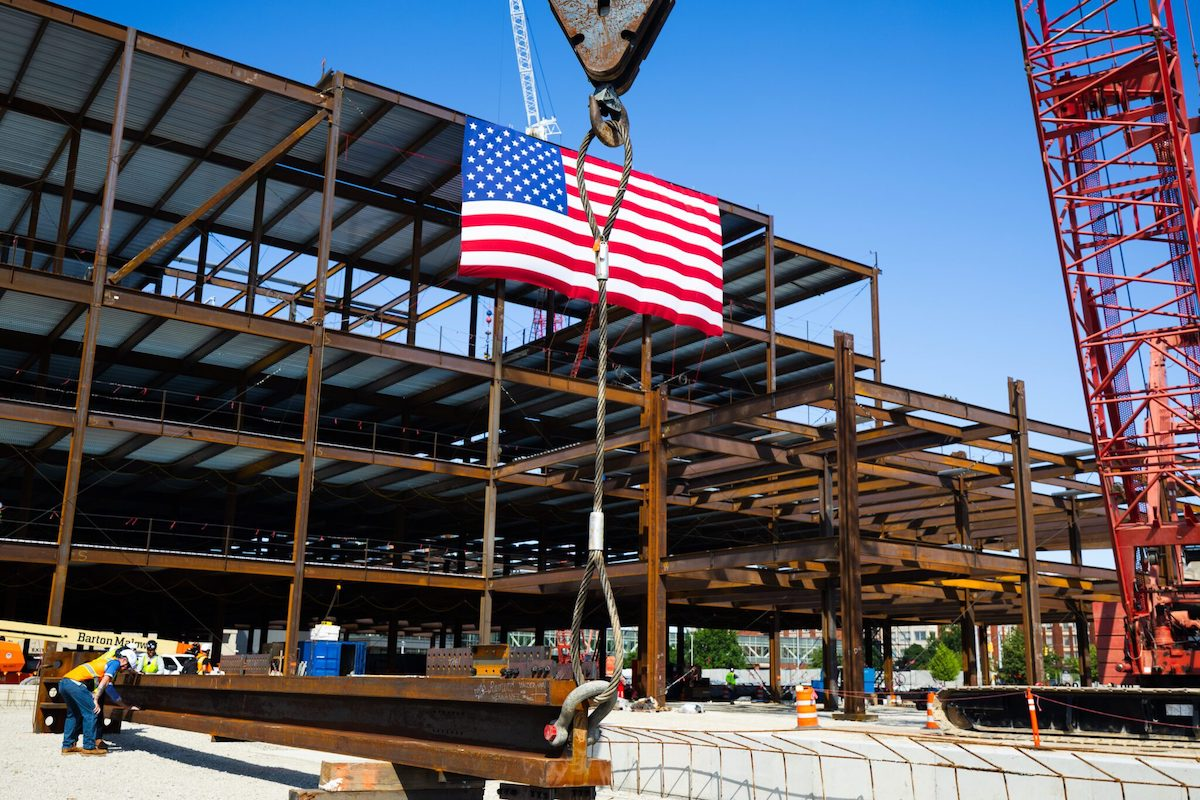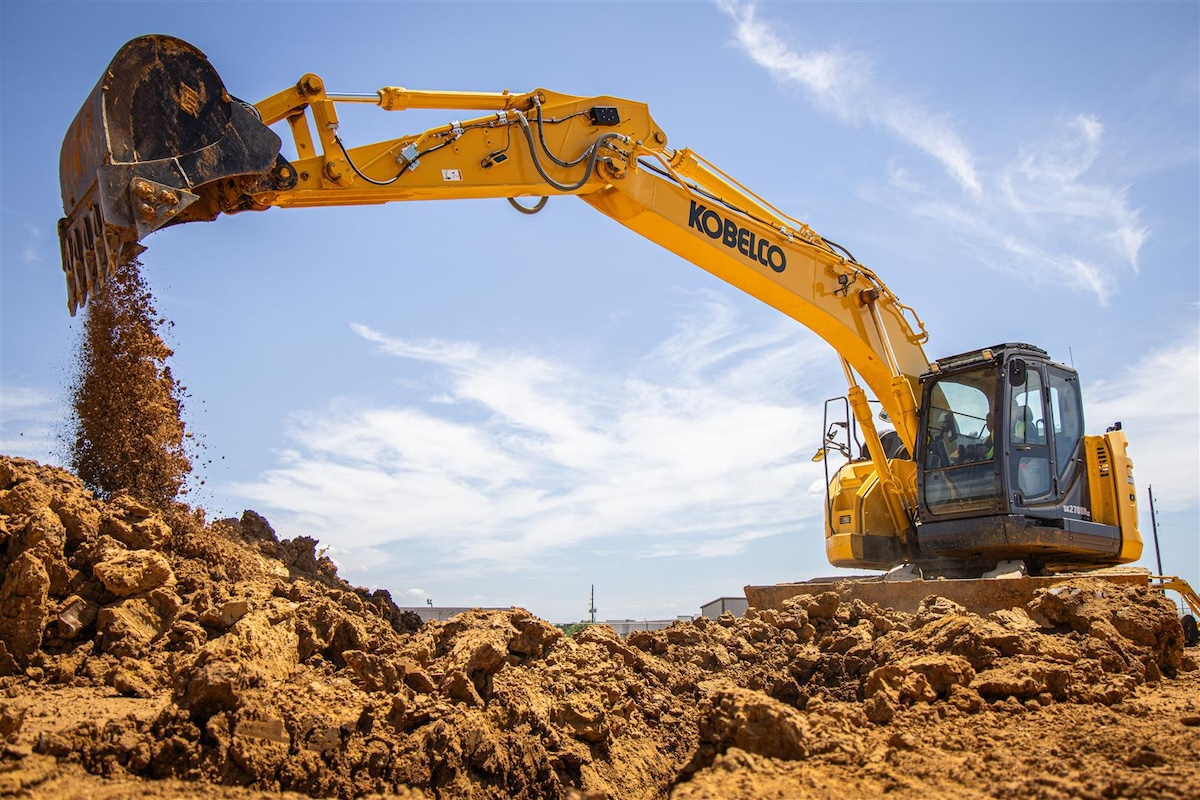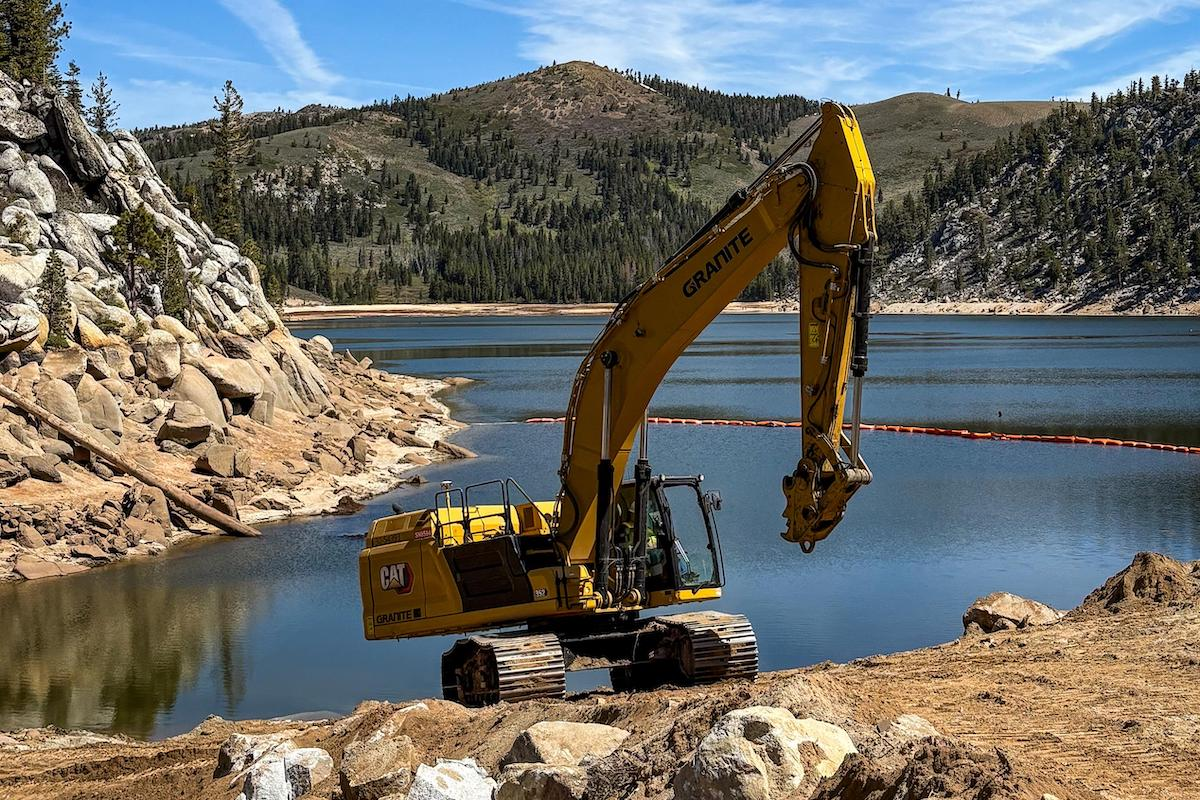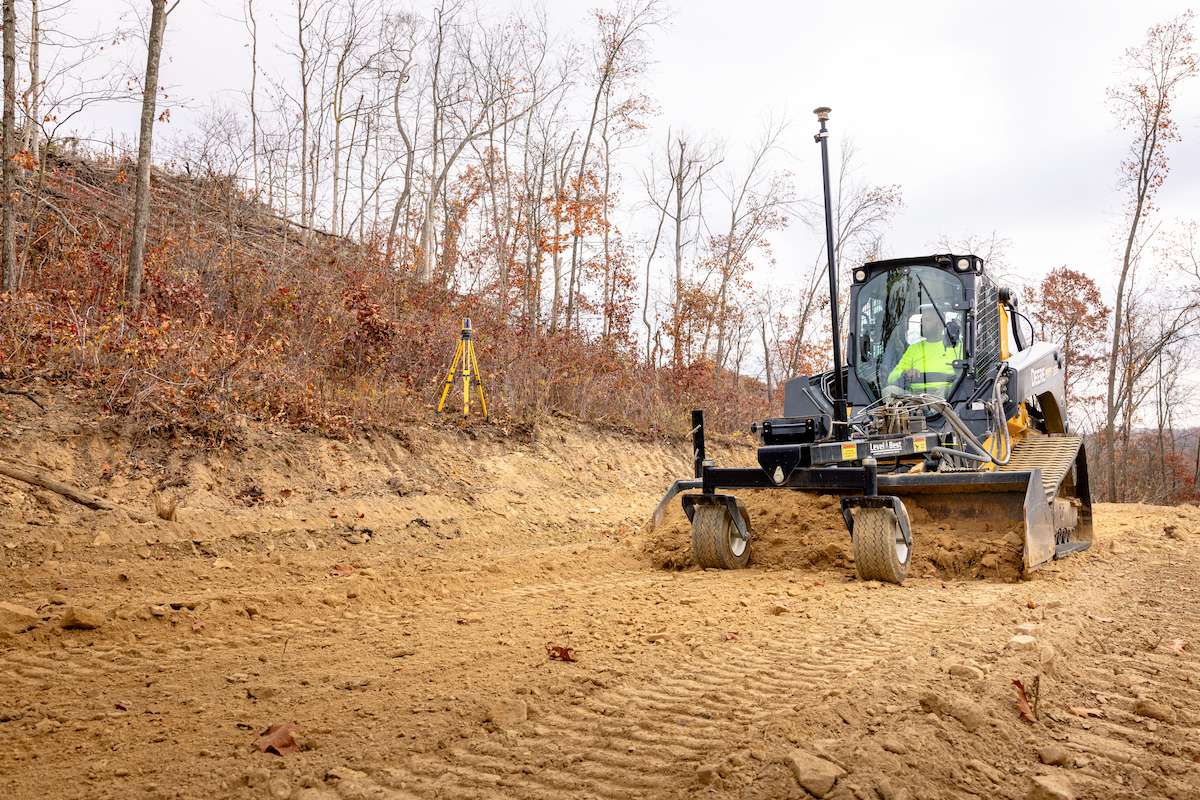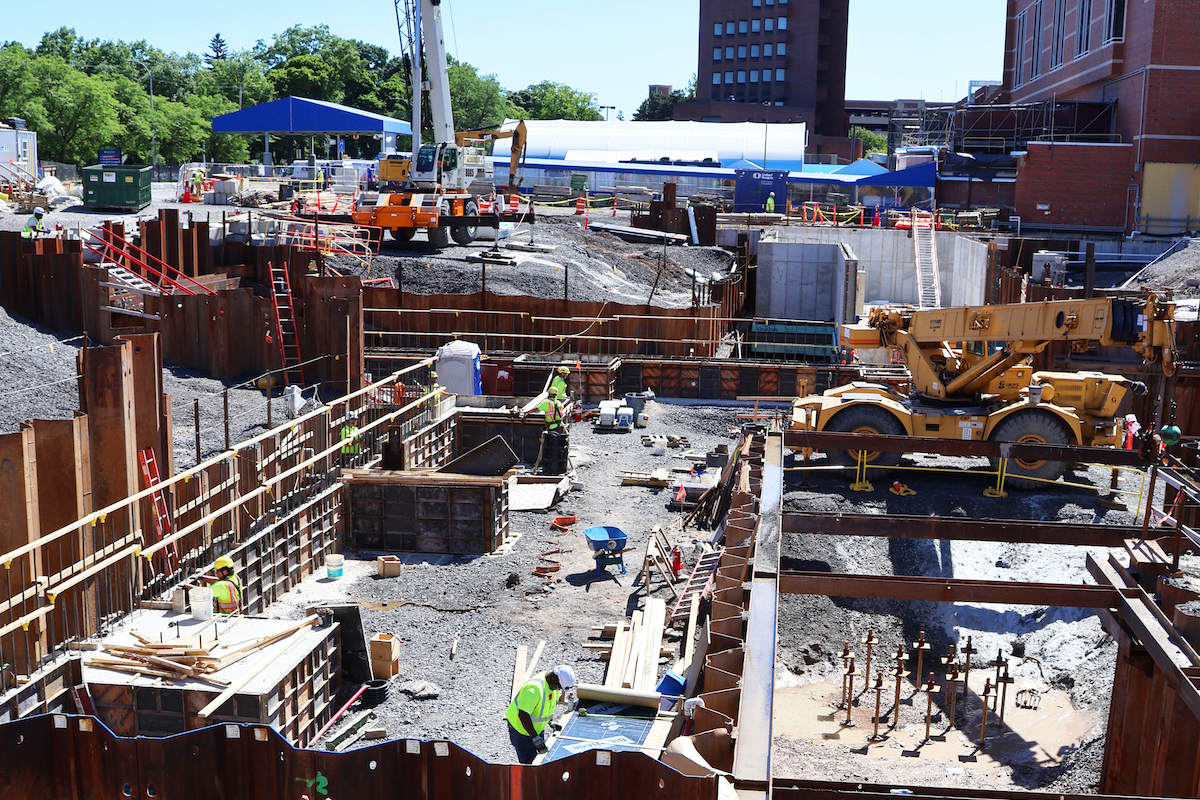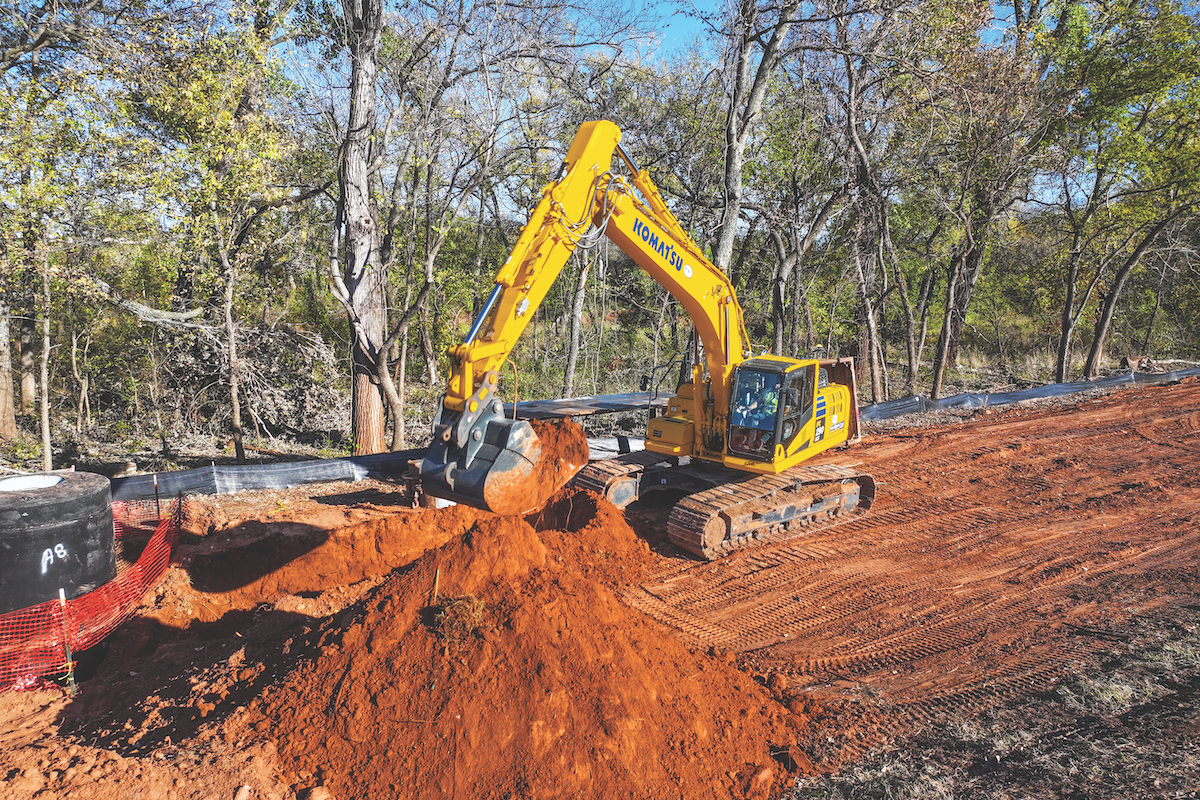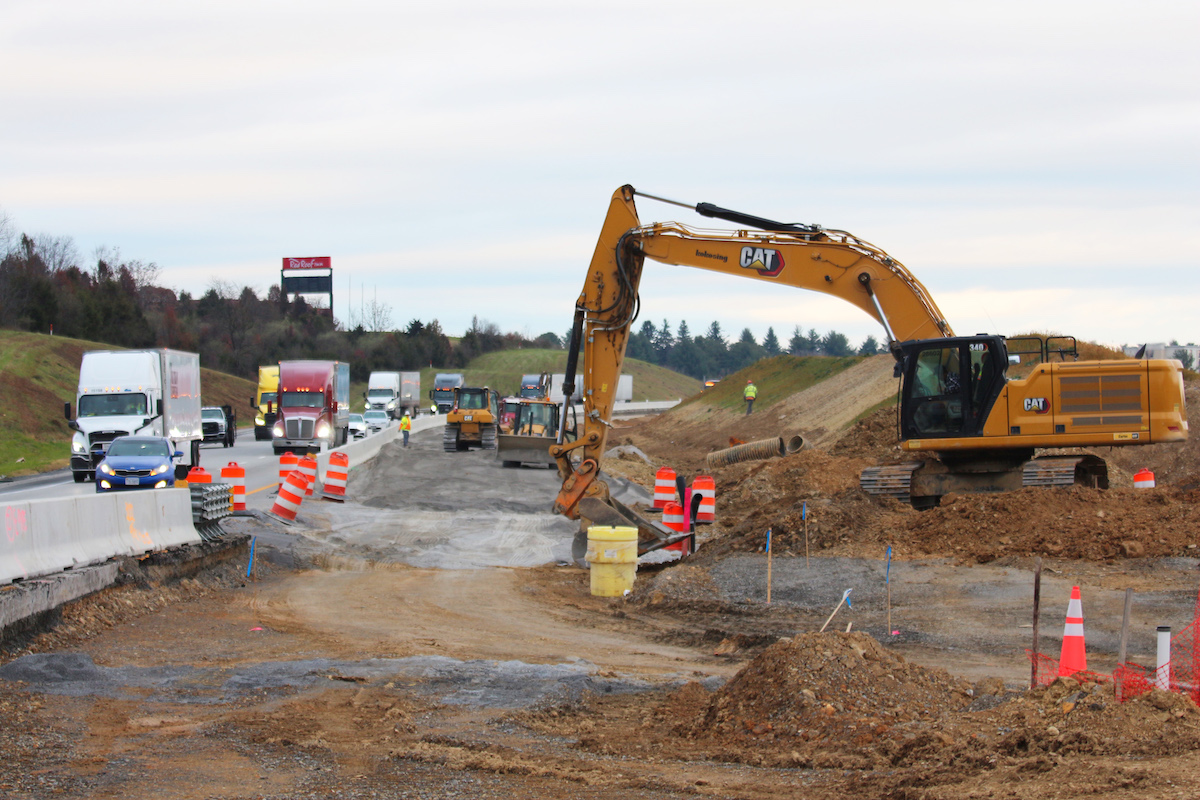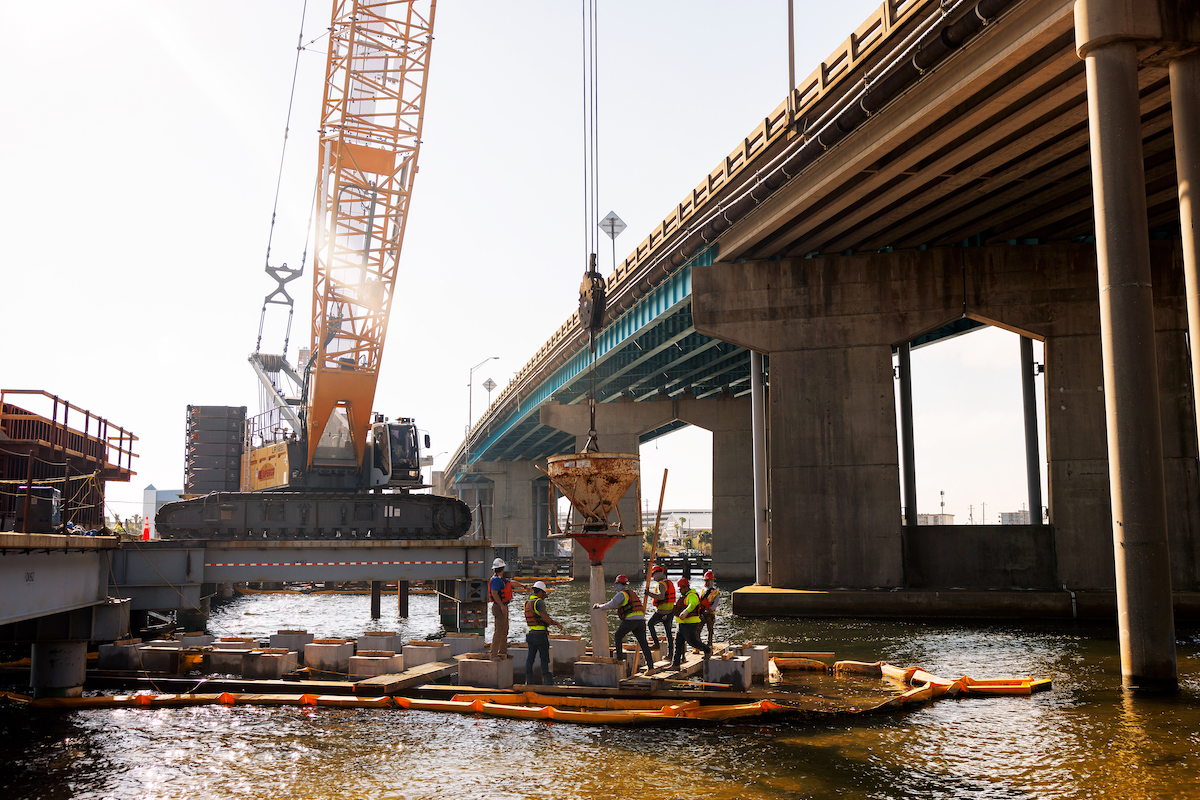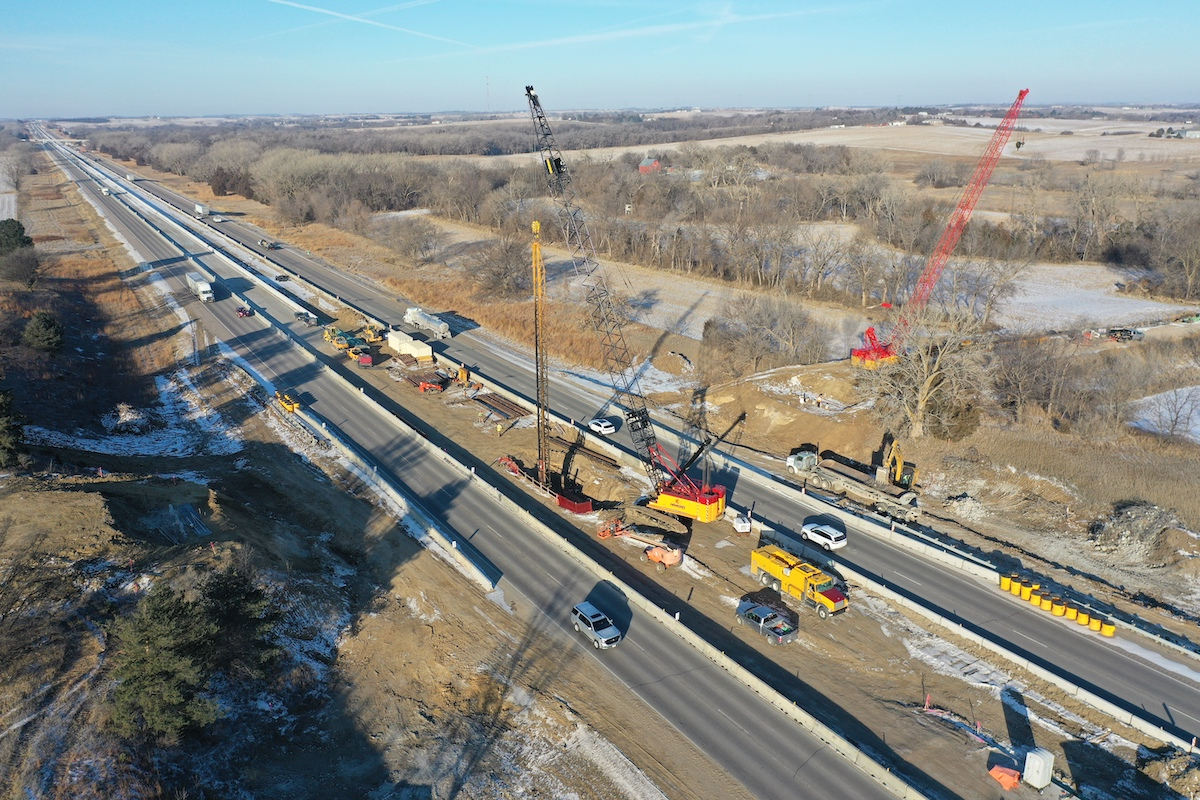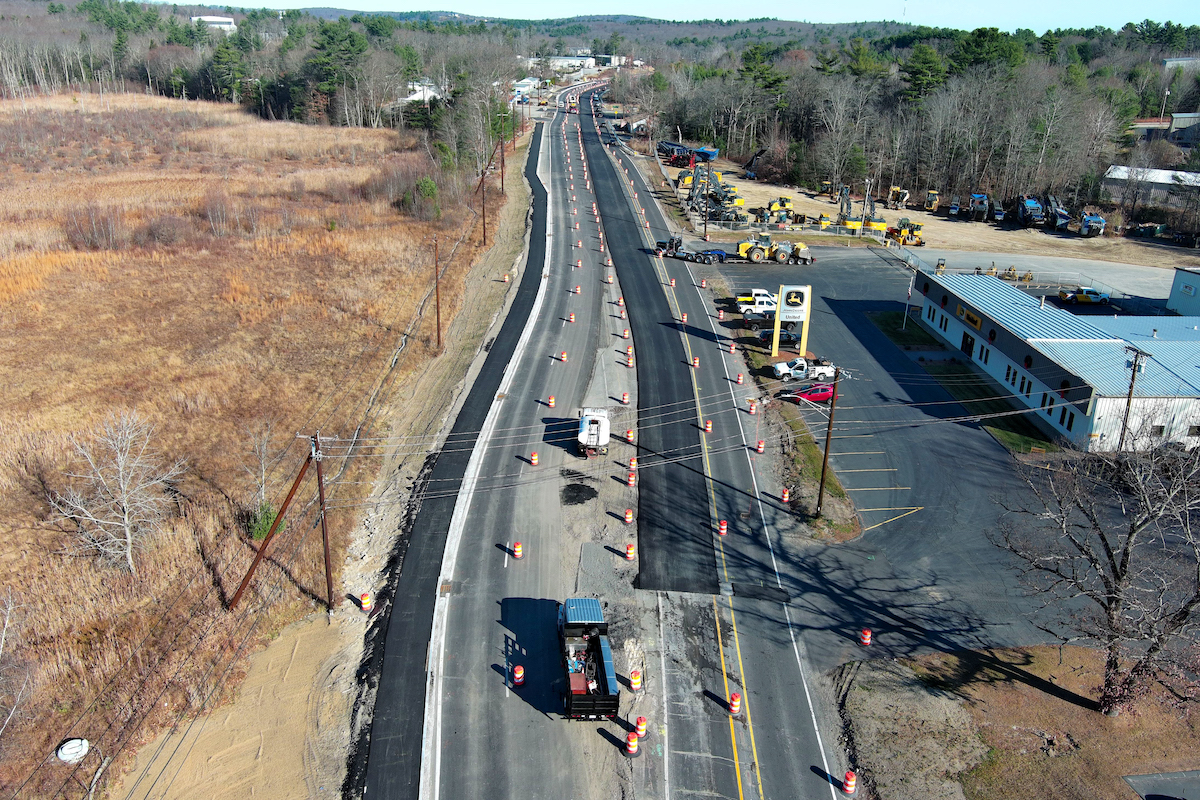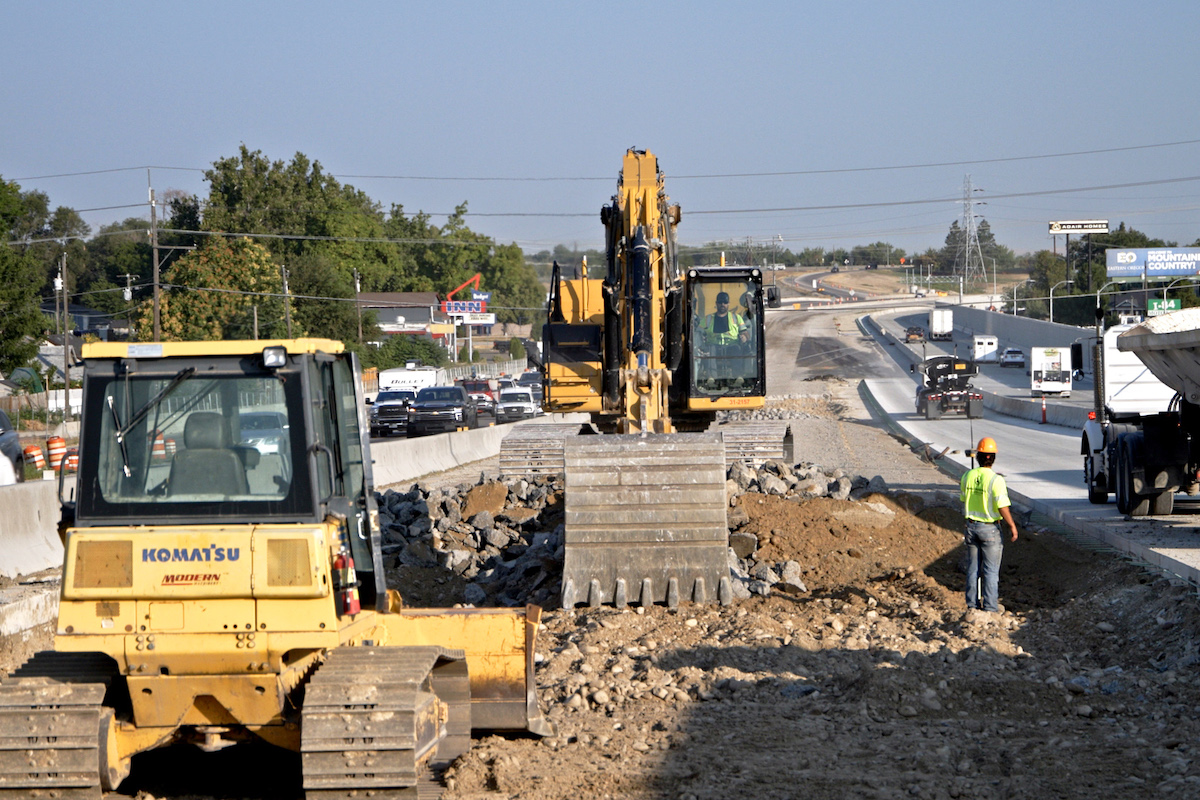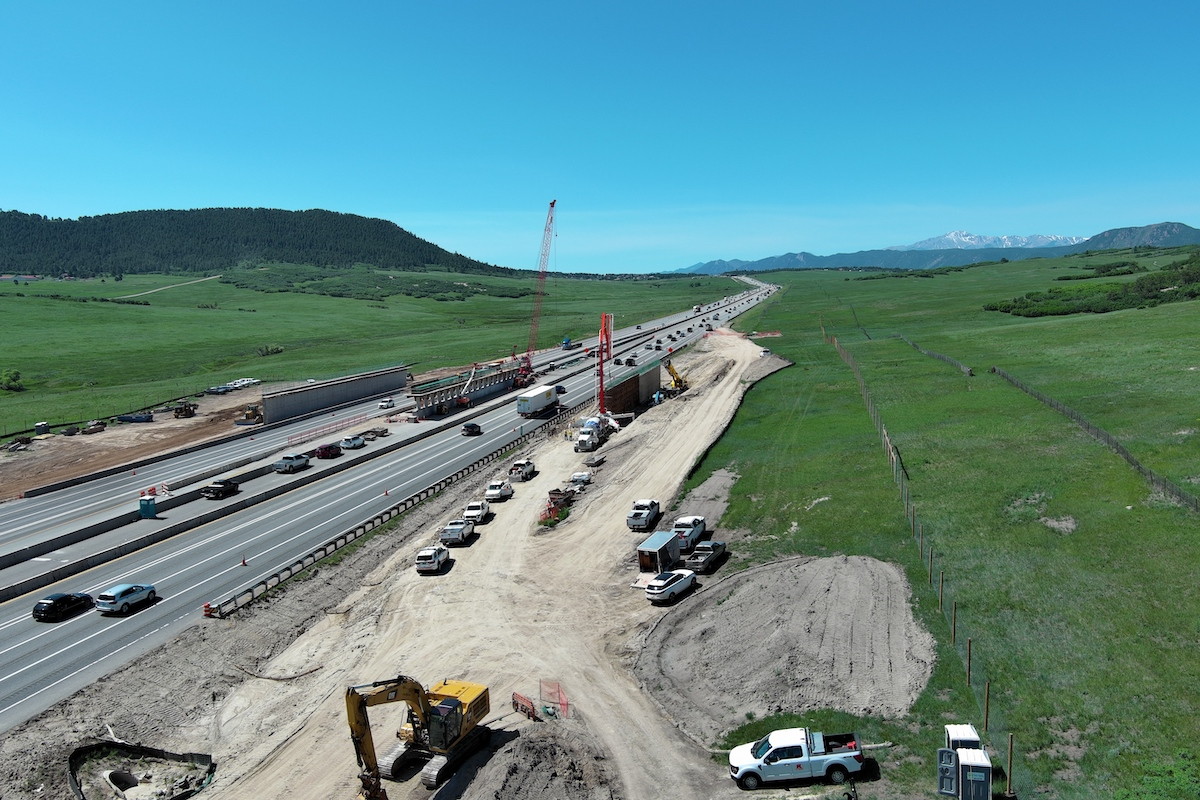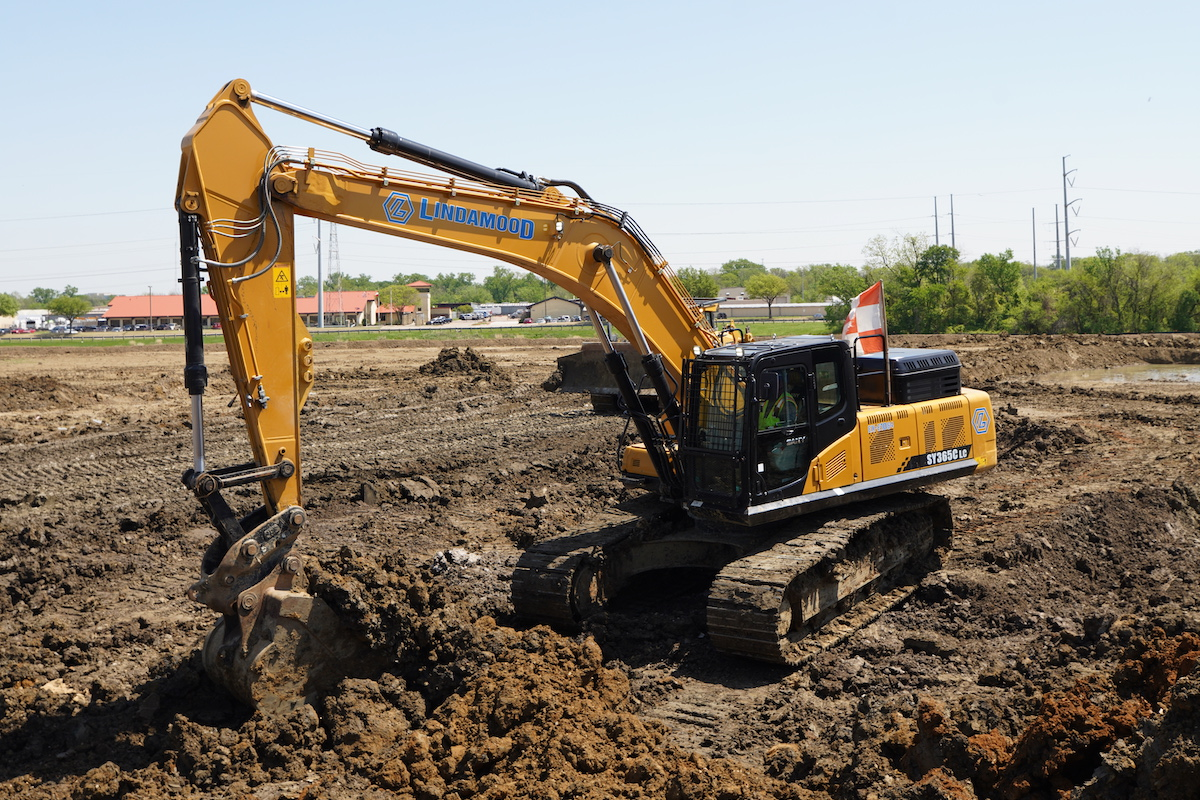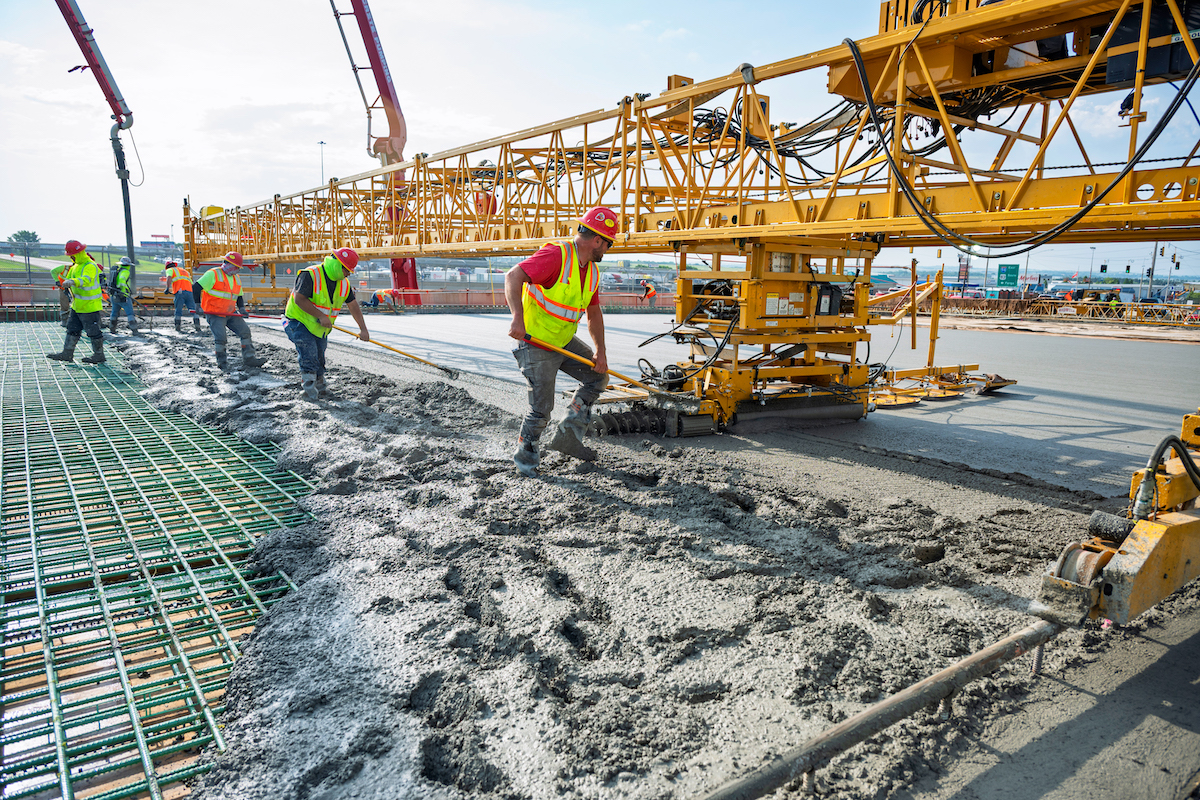Not every dig site is wide open. In fact, many of today’s utility, infrastructure, and municipal projects happen in tight, crowded urban environments where maneuvering equipment can be a challenge. In these situations, the ability to hydro excavate from a distance is more than a convenience — it’s the only way to get the job done.
These tips help ensure safe, efficient, effective long-distance excavation.
1. Boom Reach Matters
When the job site is blocked by obstacles like buildings, fences, walls, or parked vehicles, you need a boom that can extend and maneuver with precision. Whether reaching over a barrier or down into a vault, multidirectional booms help with complex access.
“In tight urban spaces, reach and boom control can make or break a job,” said Jason Boer, Midwest Regional Sales Manager for TRUVAC. “You need to be able to stay parked and still get the work done without compromising safety or performance.”
2. Big Debris Bodies Keep Crews Productive
Working from a distance often means longer setup times and more complex access. The last thing a crew wants to do is stop mid-project to dump debris. That’s where a larger debris tank, like those found on TRUVAC’s HXX or APXX trucks, become essential.

| Your local Deere & Co dealer |
|---|
| AIS Construction Equipment |
“When you’re in an alley or behind a structure, moving in and out just to empty the tank isn’t practical,” Boer said. “Larger capacity lets you dig longer without leaving the site. It’s a huge time and cost saver.”
3. Air Conveyance and Power Are Critical
When digging from afar, you need high airflow, as it determines how fast the material moves. The vacuum system’s power aids in pulling the heavy stuff through the hose — so airflow and power together help suction heavy, wet, and sticky materials efficiently.
The ability to cut through tough soil and vacuum debris without moving the truck not only speeds up excavation but also keeps workers out of risky positions and minimizes surface disruption.
4. Technology Increases Precision
Controlling water pressure is at the heart of safe and efficient hydro excavation, especially in dense utility corridors. Technology systems like TRUVAC’s DigRight let operators set the correct water pressure for each task and ensure that it never exceeds that setting.

| Your local Trimble Construction Division dealer |
|---|
| SITECH Michigan |
“When you’re excavating near gas, electric, or fiber lines, water pressure control is absolutely critical,” said Andy Hearrell, TRUVAC’s Southeast Regional Dealer Manager.
Long-distance excavation isn’t just about reach — it’s about keeping crews safe and reducing disruption. With hydro excavation, workers can operate the system from a safe distance, avoiding exposure to cave-ins, debris, and utilities. Combined with the reduced footprint of a parked hydrovac truck, it can be a safer alternative to traditional methods like backhoes or manual digging.
In areas where space is at a premium, hydro excavation often provides the only workable solution. “Whether you’re exposing a water main in an alley or trenching along a crowded sidewalk, the ability to dig safely from 30, 40, or even 50 feet away is a game-changer,” Boer said.

